Un vélo électrique Le vélo électrique est un excellent moyen d'explorer les magnifiques paysages européens. Ses sentiers pittoresques en font une expérience véritablement agréable. Il n'est pas étonnant que sa popularité ne cesse de croître sur tout le continent. Cependant, il est essentiel de comprendre la législation locale relative aux vélos électriques pour rouler sans souci. Connaître la réglementation permettra à tout cycliste de profiter pleinement de sa balade. Voici un aperçu des vélos électriques et de la législation. dans les principaux pays européens :
Utilisation des voies de circulation
En Europe, les vélos électriques peuvent généralement emprunter les mêmes voies de circulation que les vélos traditionnels. Ces voies comprennent les voies piétonnes, les pistes cyclables et les voies réservées aux vélos et aux bus. Les vélos électriques doivent également respecter des limitations de vitesse spécifiques. La vitesse maximale est généralement de 25 km/h. La puissance moteur typique sur les routes européennes est comprise entre 250 W et 750 W.
Toutefois, les normes d’utilisation des voies Les réglementations varient d'un pays à l'autre en Europe. Au Royaume-Uni, par exemple, toutes les catégories de vélos électriques doivent circuler à gauche des voies, conformément au code de la route britannique. La législation française sur les vélos électriques autorise les vélos électriques sur les pistes cyclables, mais impose des limitations de vitesse précises sur les voies piétonnes. La législation polonaise sur les vélos électriques est conforme aux directives européennes, autorisant les vélos électriques sur les pistes cyclables sous réserve de limitations de vitesse locales. L'Italie limite l'utilisation des vélos électriques sur la voie publique. vitesses jusqu'à 6km/h sur les voies piétonnes.
Inscription
L'immatriculation d'un vélo électrique est obligatoire pour certaines catégories dans certains territoires européens. Les vélos électriques dotés d'un moteur de 250 watts et d'une assistance jusqu'à 25 km/h ne sont pas soumis à cette obligation. immatriculation, tandis que les S-Pedelecs évalués à 500 watts jusqu'à 45 km/h nécessitent une immatriculation de vélo électrique en Allemagne, en Autriche et dans la plupart des autres pays. Vélos électriques de classe 2 (vélos électriques à commande d'accélérateur) ils ne l'exigent pas tant qu'ils répondent à certaines normes. Les vélos électriques de classe L1e-b avec une puissance de sortie supérieure à 750 watts doivent être immatriculés.
La procédure d'immatriculation varie d'un pays à l'autre. Elle consiste généralement à remplir un formulaire d'immatriculation avec les informations d'identification et les spécifications du véhicule. Elle permet notamment de prouver la légalité du véhicule, de faciliter sa récupération en cas de vol et de faciliter les demandes d'indemnisation en cas d'incident pendant le transport.

Conditions d'obtention de licence
Si les vélos à assistance électrique de faible puissance ne nécessitent pas de permis en Europe, la législation sur les vélos électriques varie considérablement selon l'âge, la région et le type de vélo. Par exemple, au Royaume-Uni, si vous avez 14 ans ou plus, vous pouvez conduire un vélo électrique de classe 1 ou 3 sans permis. En Suisse, un permis de conduire de catégorie M est requis pour les personnes du même âge conduisant un vélo électrique de classe 1 ou 3. Au Danemark, seuls les conducteurs de vélos électriques d'une puissance supérieure à 250 W doivent être titulaires d'un permis.
Obligations d'assurance
L'assurance protège tous les conducteurs ainsi que les autres usagers de la route en cas d'imprévus. Les vélos électriques de classes 1 et 3 justifient rarement une couverture obligatoire en Europe. Cependant, pour les vélos électriques de classe 2, certains pays l'exigent. Assurance obligatoire. Pour les vélos électriques de classe L1e-b, l'assurance est obligatoire. Néanmoins, souscrire une assurance facultative apporte une précieuse tranquillité d'esprit à tout cycliste.
Restrictions d'âge
En règle générale, les lois sur les vélos électriques autorisent la conduite de vélos électriques de classe 1 sans permis. aux personnes de 14 ans et plus dans toute l'Europe. Cependant, des restrictions s'appliquent aux mineurs. Le minimum licence de droit Au Royaume-Uni, l'âge minimum pour les vélos électriques de classe L1e-b après la formation continue obligatoire est de 16 ans. En général, un âge minimum de 14 à 15 ans est requis pour conduire un vélo électrique dans la plupart des pays européens.
Points clés à retenir
| Type de vélo | Vitesse Limite | Inscription | Licence requise | Assurance | Âge minimum pour monter à cheval |
| Classe 1/3 (Pédalage assisté) | 25 km/h | Pas nécessaire | Aucun | Volontaire | 14 ans dans la plupart des domaines |
| Classe S-Pedelec | 25-45 km/h | Obligatoire dans la plupart des pays | Aucun | Volontaire | 14 ans dans la plupart des domaines |
| Classe 2 (Vélo électrique à accélérateur) | 20 à 25 km/h | Non nécessaire si certaines normes sont respectées | Permis moto dans certains pays | Volontaire dans de nombreux endroits | 14 ans dans la plupart des domaines |
| Classe L1e-B (Moto électrique) | généralement 45 km/h | Obligatoire si la puissance de sortie est de 750 watts ou plus | TCC après 16 ans au Royaume-Uni, etc. | Obligatoire | 16 ans après la TCC au Royaume-Uni, etc. |
| *Il convient de se référer aux autorités locales pour connaître les réglementations applicables. règles et réglementations relatives aux vélos électriques. | |||||

Conclusion
Les vélos électriques offrent une nouvelle façon incroyable de découvrir les paysages européens. En comprenant la législation locale et les règles relatives aux vélos électriques, tout cycliste peut pleinement adopter ce nouveau mode de déplacement populaire tout en évitant les problèmes de route. DUOTTSNous sommes fiers d'être le magasin de vélos électriques dédié à offrir une expérience d'achat distinctive, exceptionnelle et centrée sur le client. Notre vélo électrique Nos offres sont riches en fonctionnalités et répondent aux normes de qualité les plus strictes. Elles sont idéales pour explorer les sentiers pittoresques d'Europe de manière responsable. Visitez notre site web pour découvrir nos vélos électriques économiques.



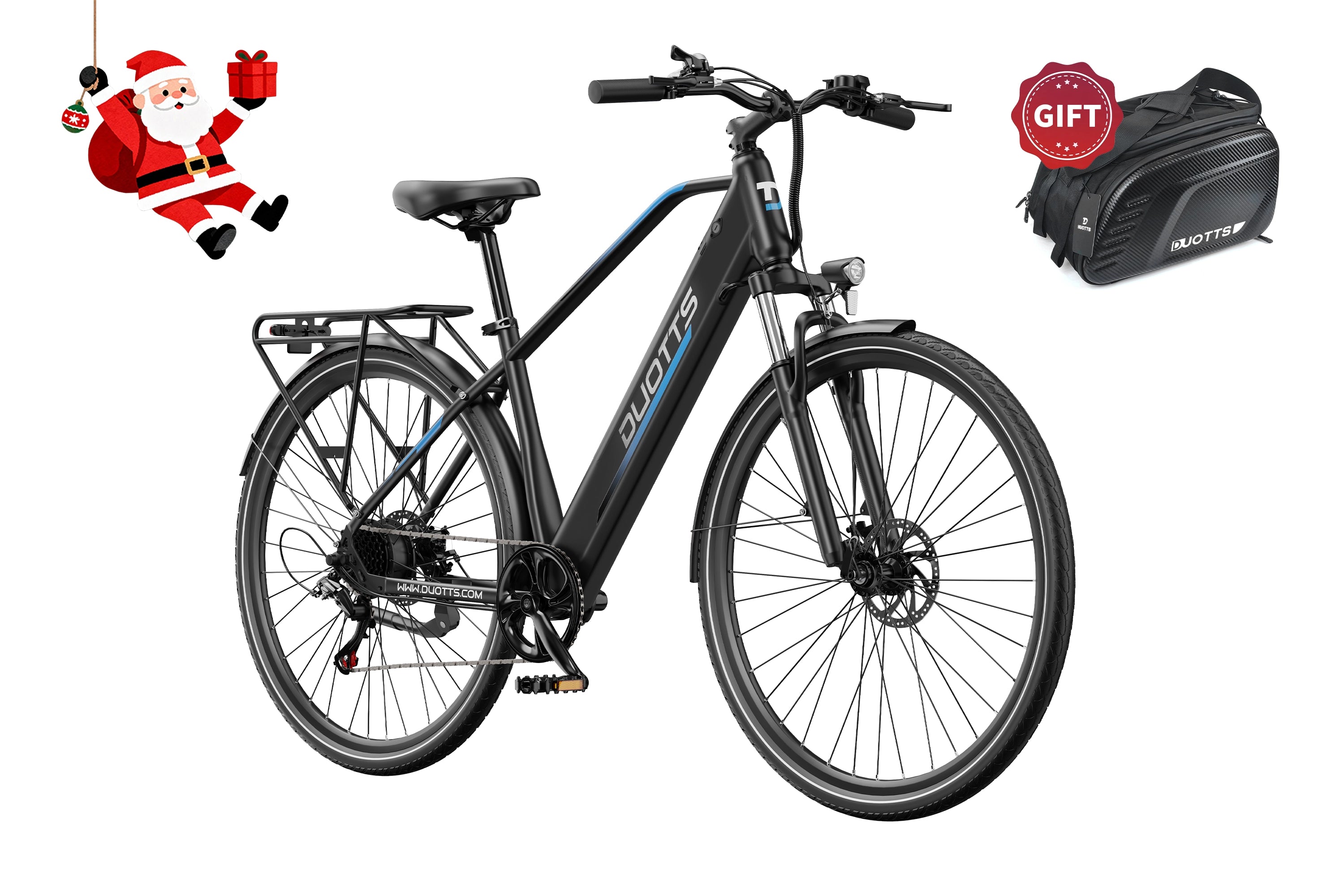
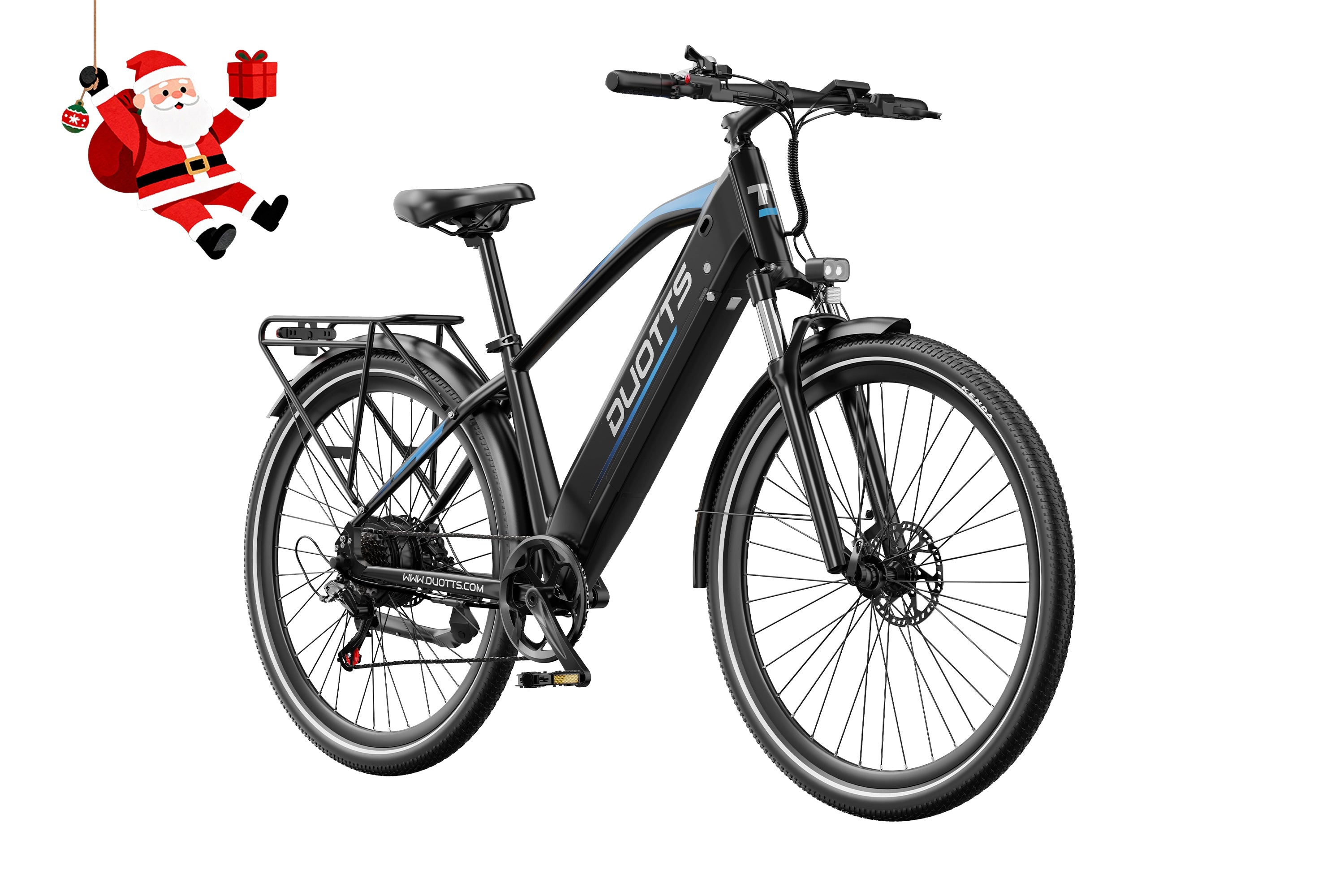
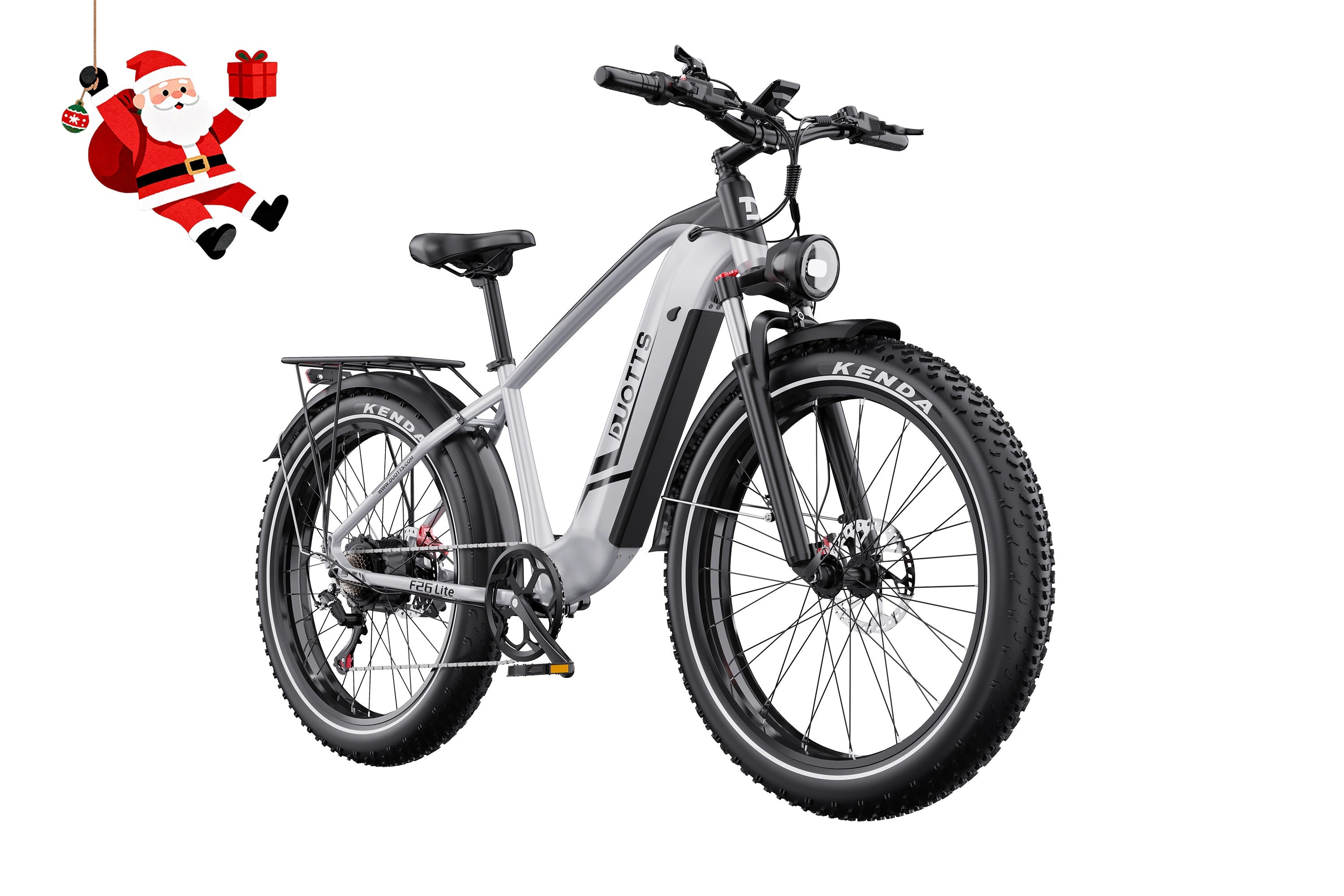
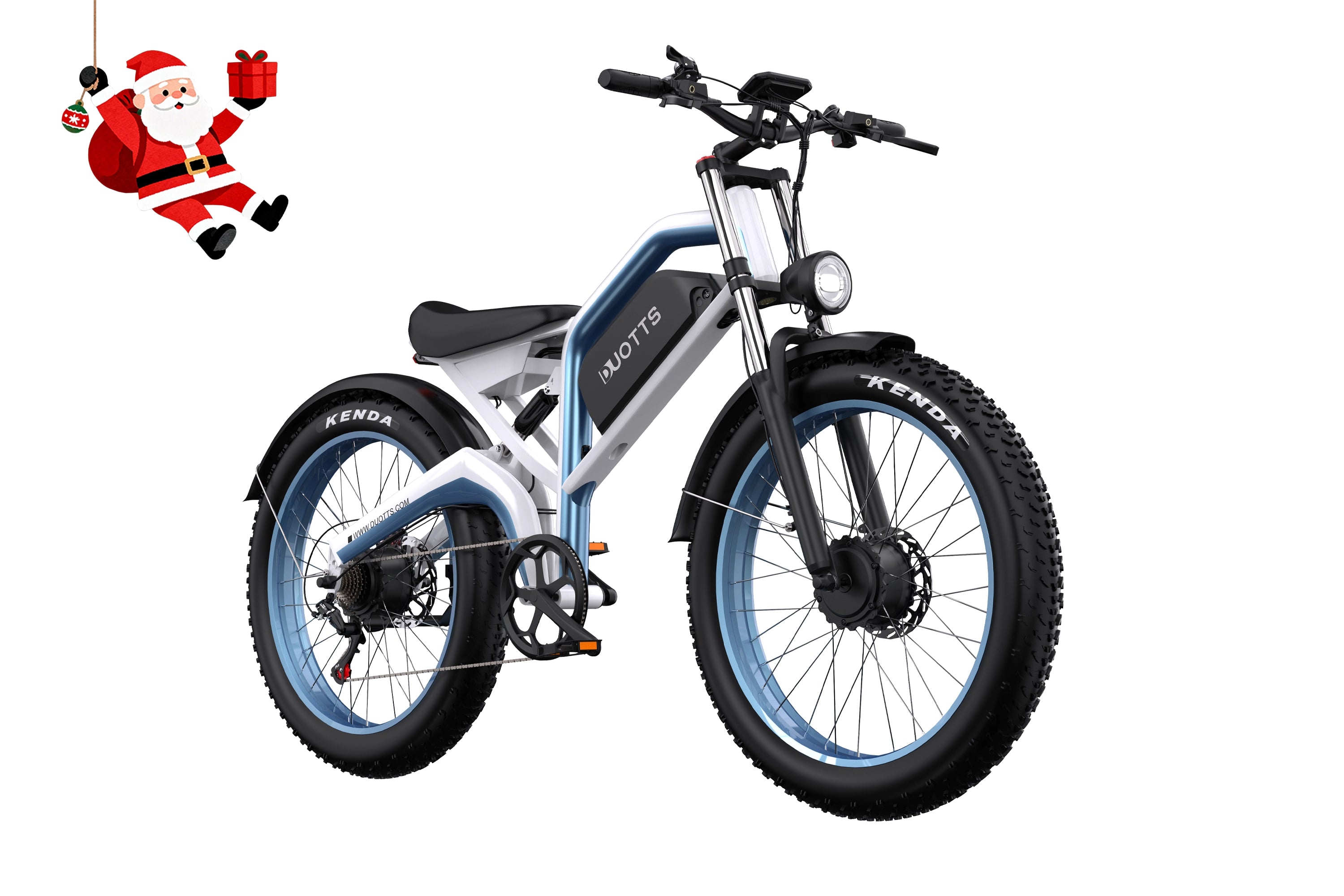
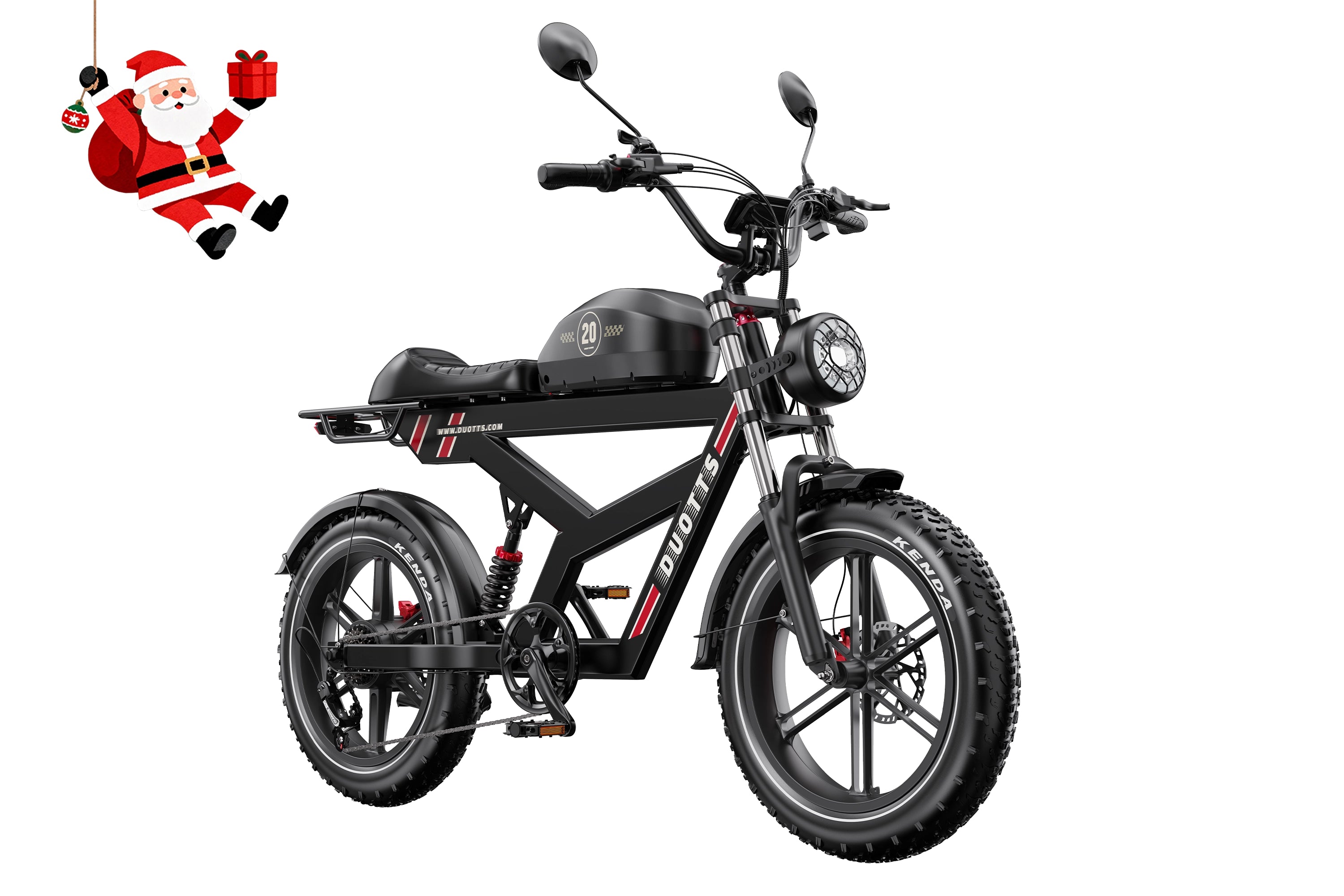
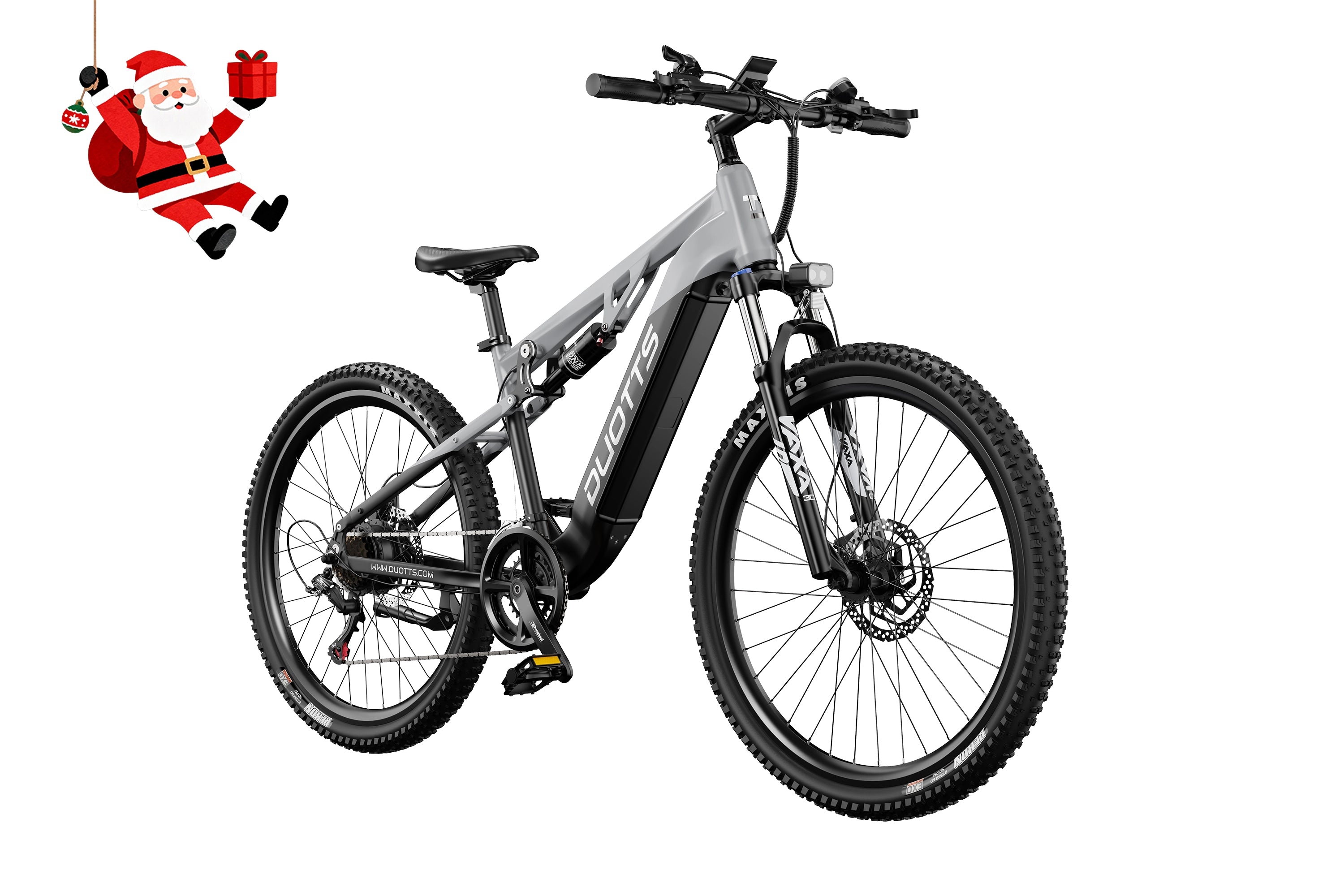
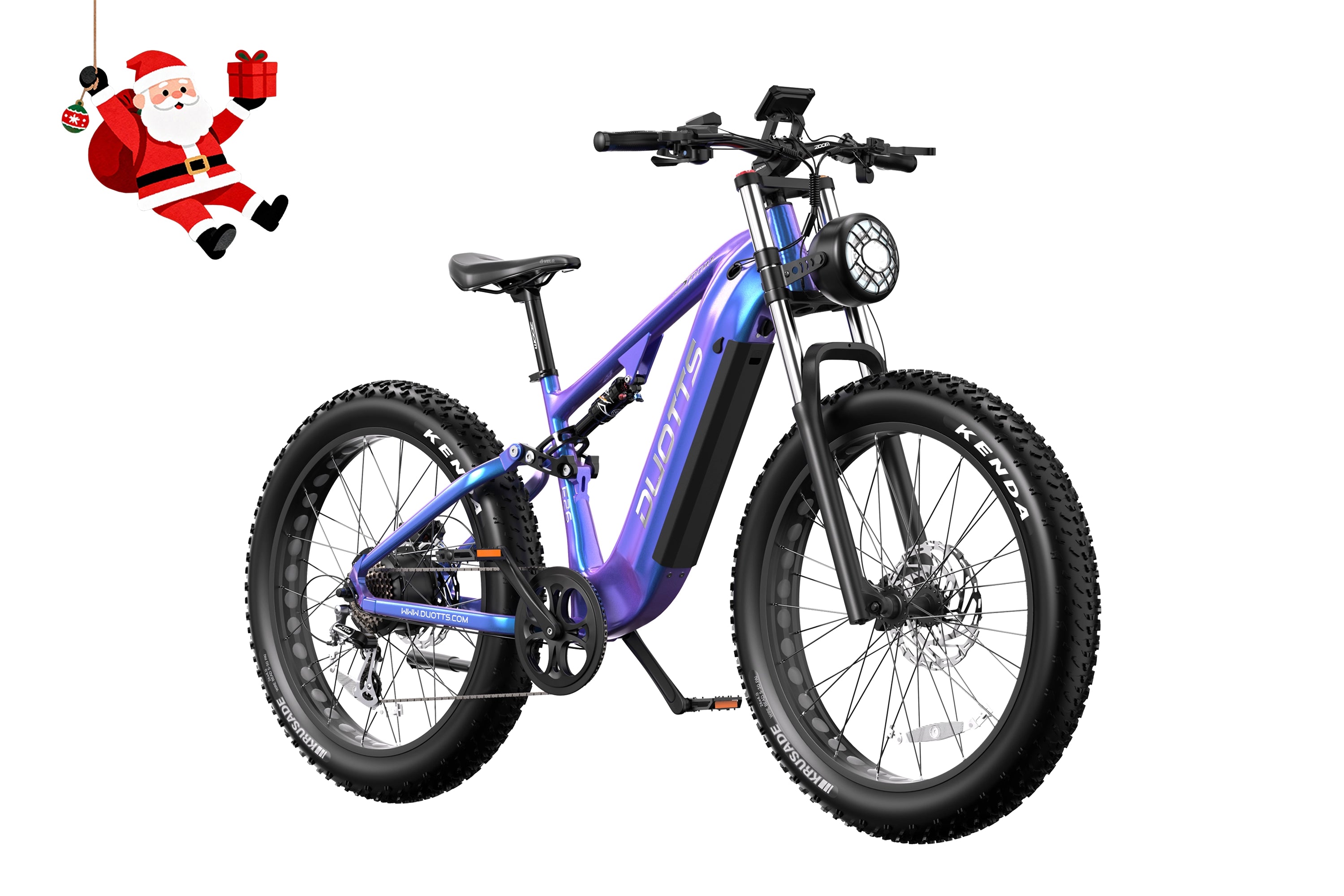
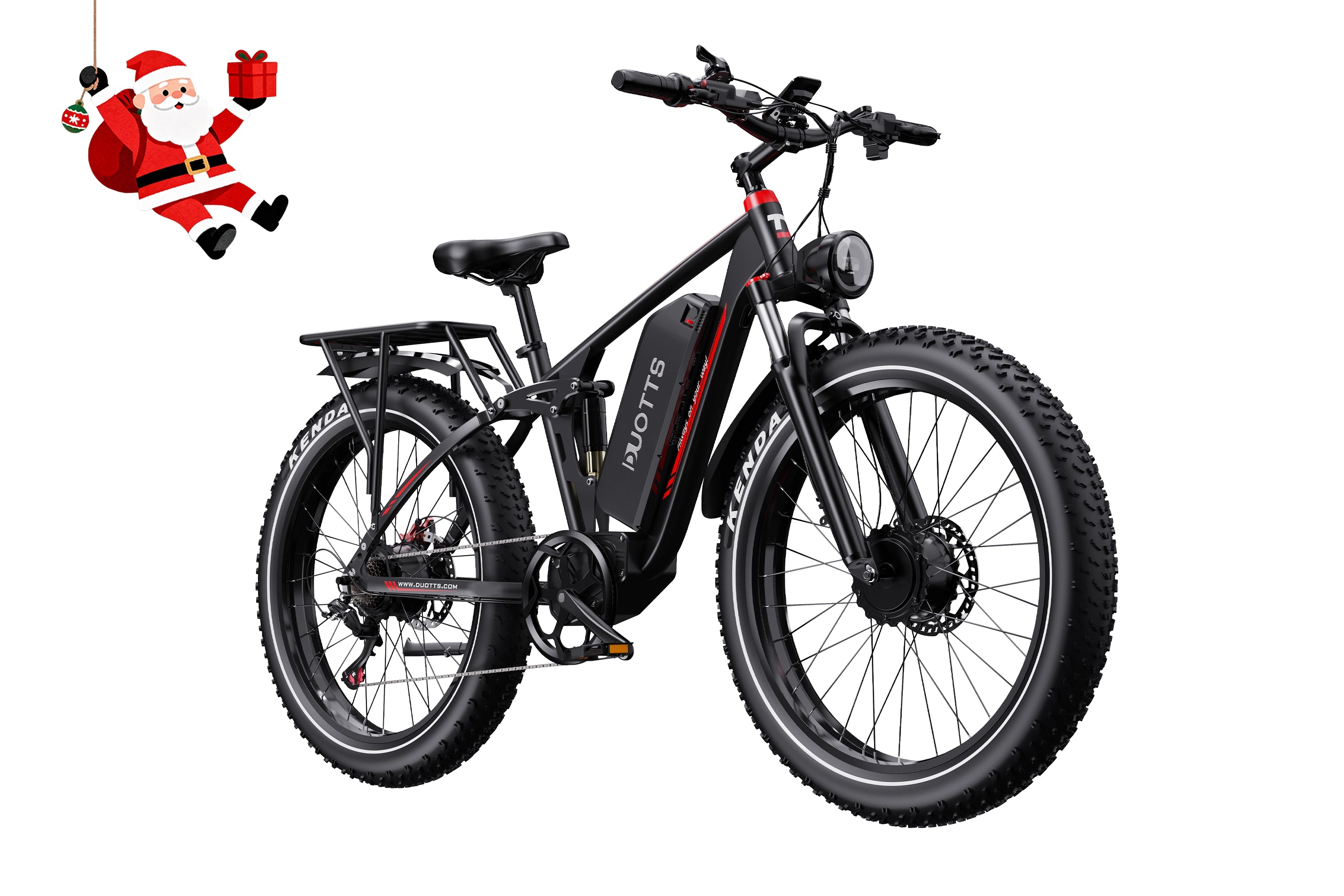
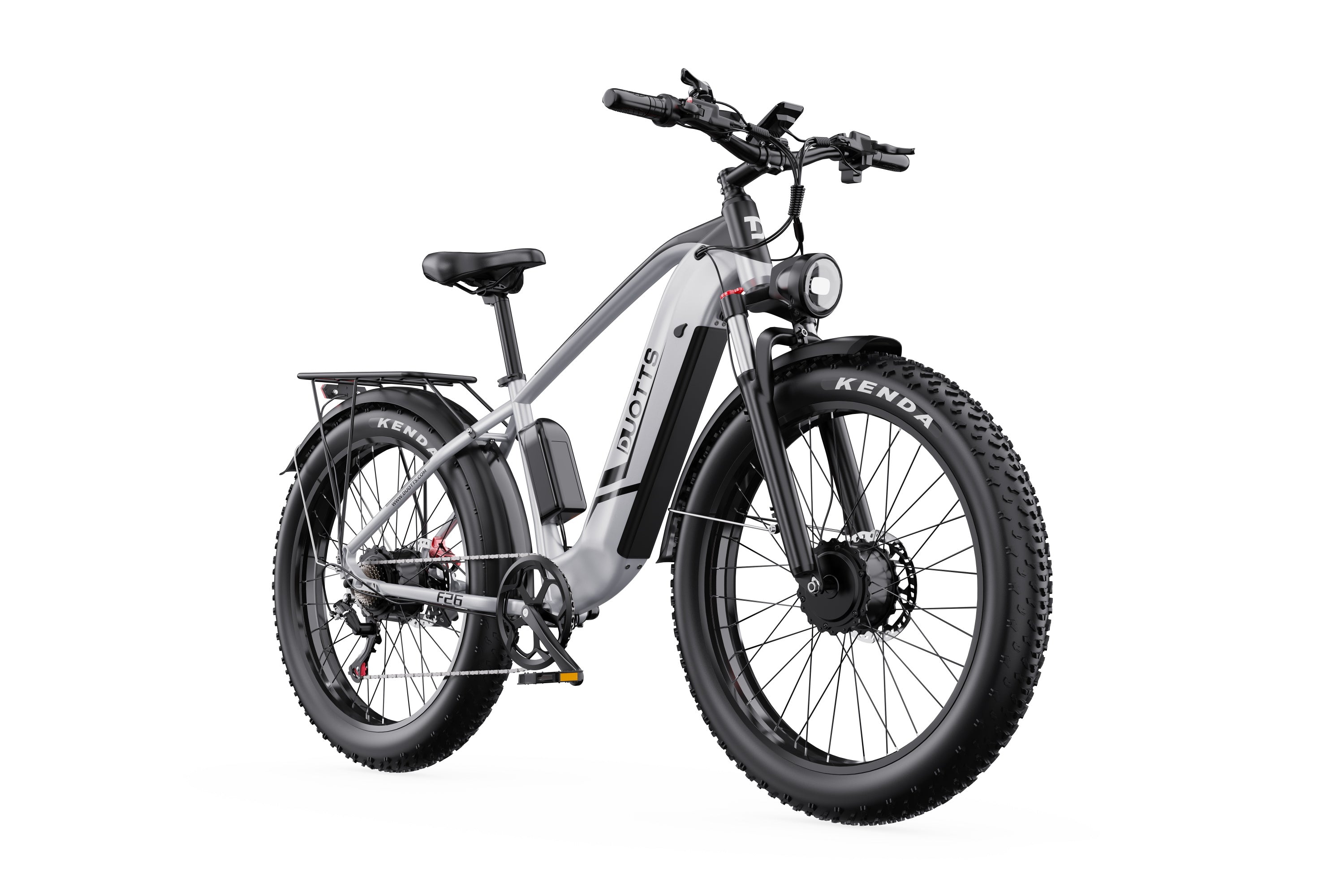
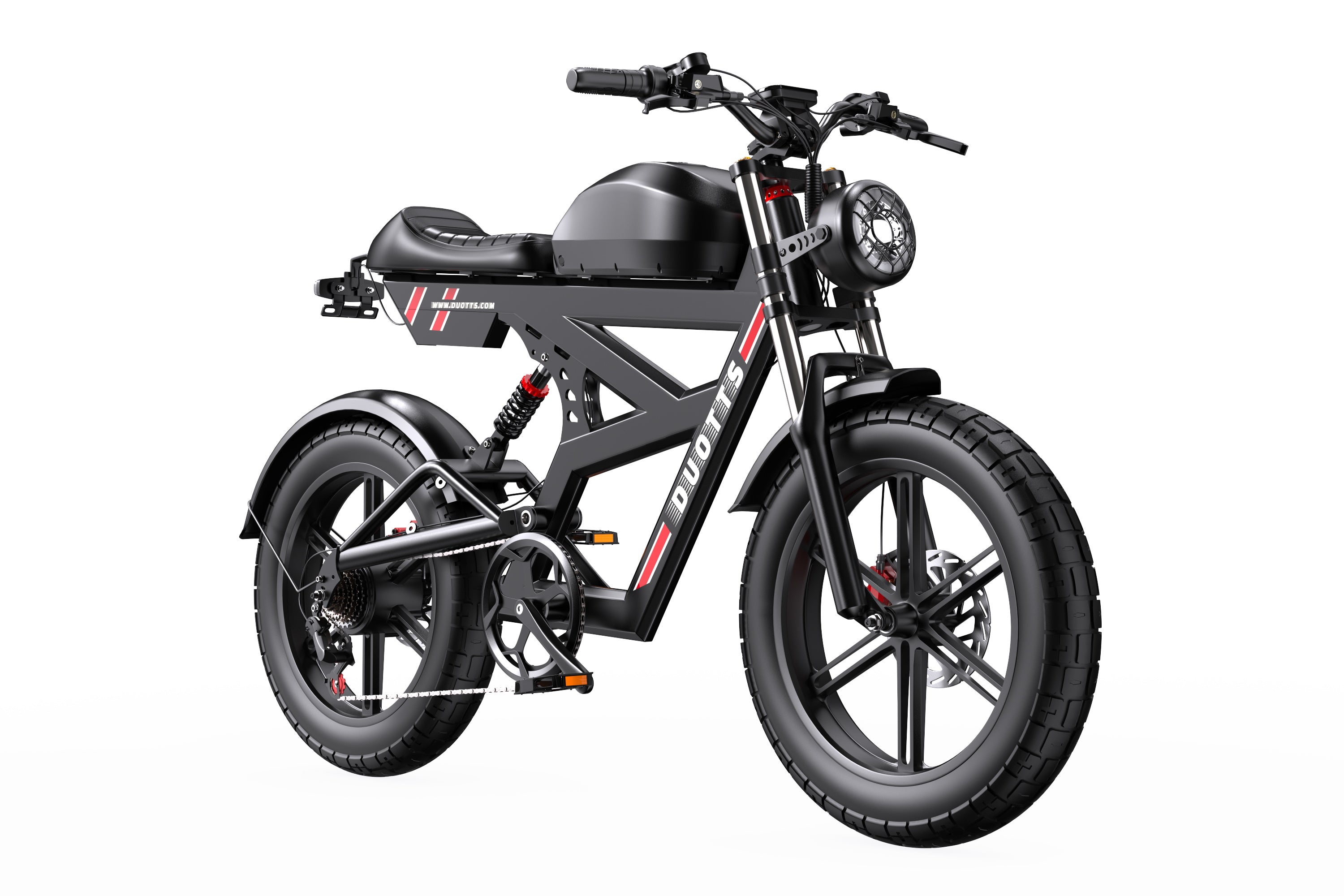



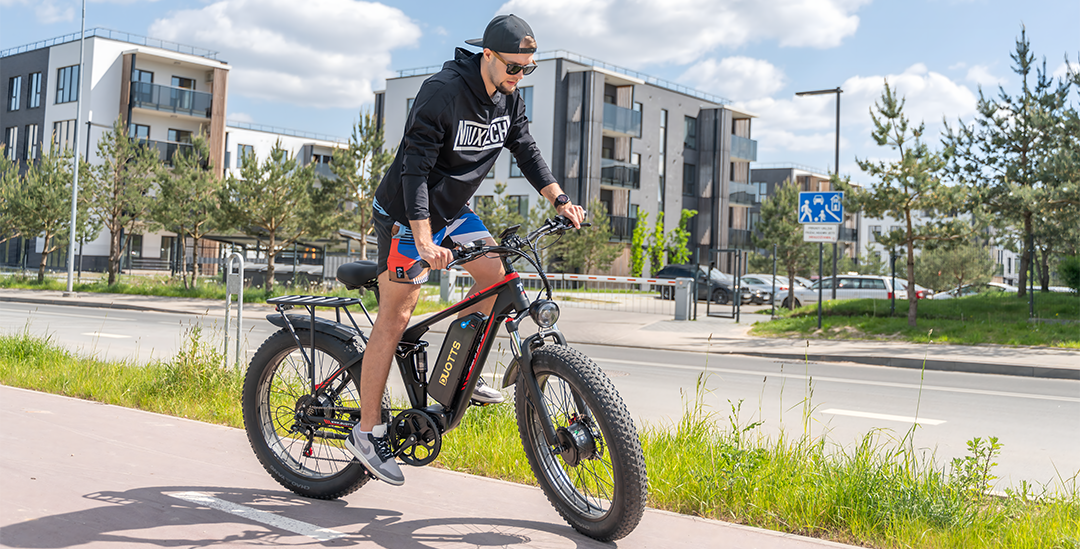

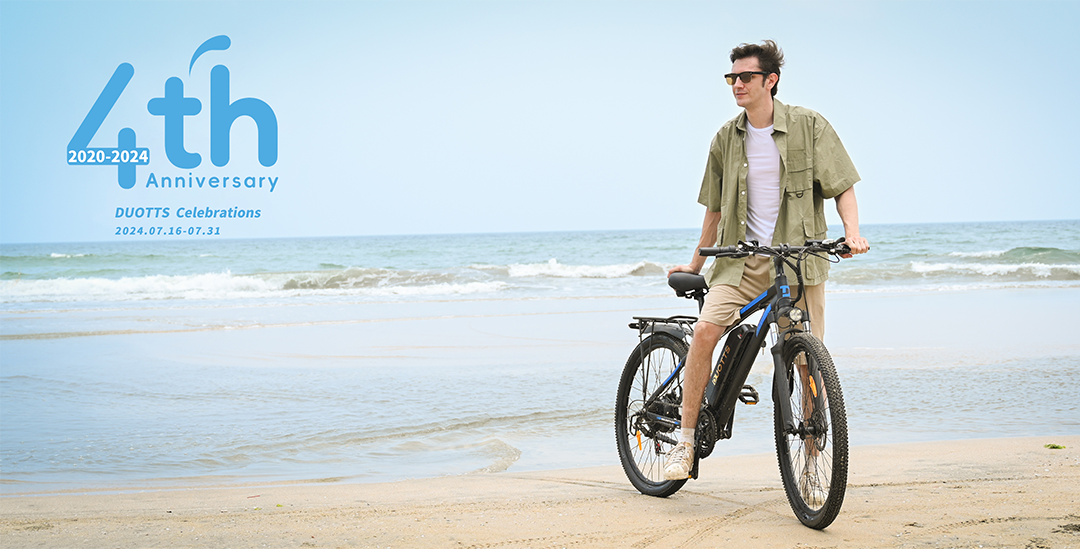
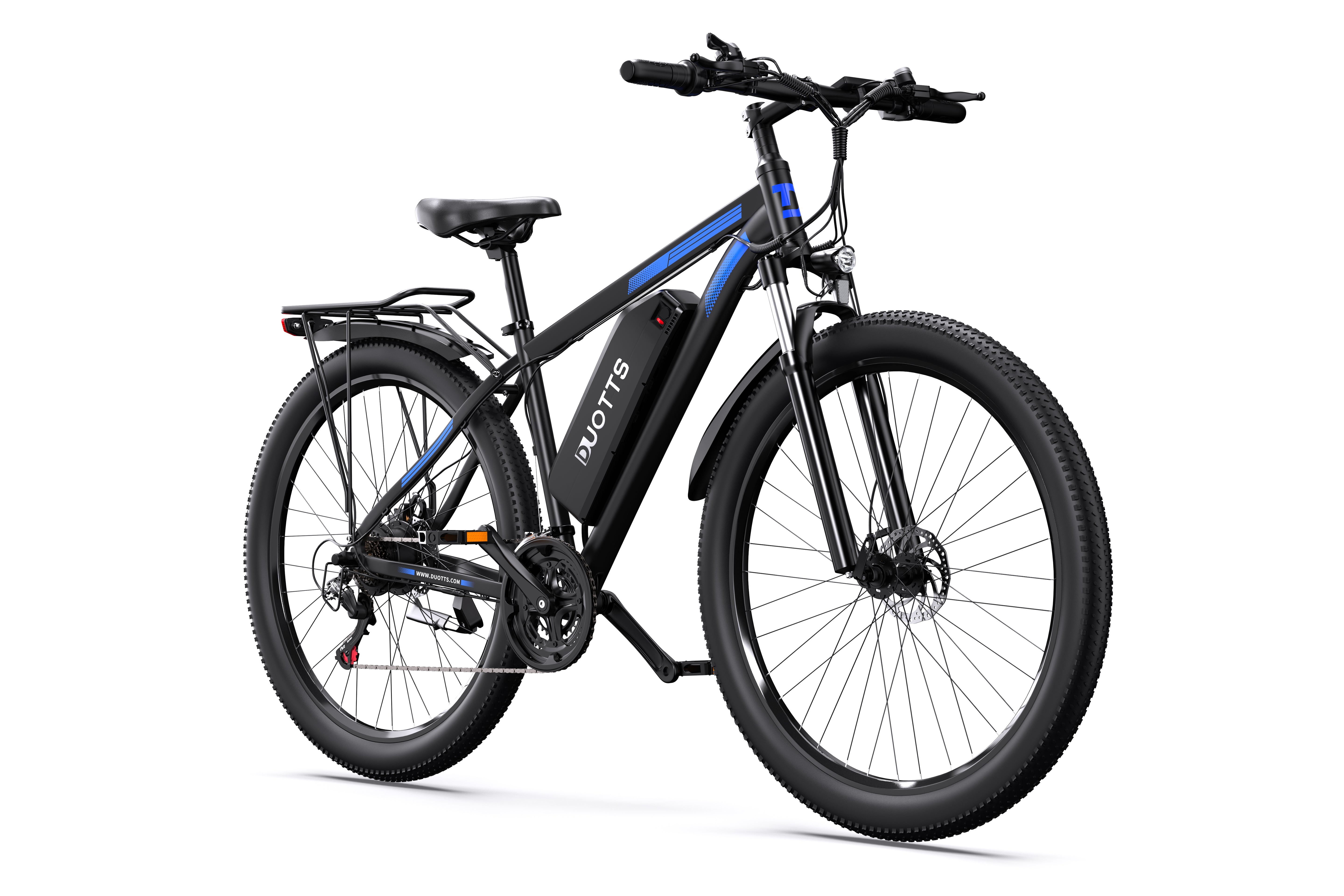




Laisser un commentaire
Tous les commentaires sont modérés avant d'être publiés.
Ce site est protégé par hCaptcha, et la Politique de confidentialité et les Conditions de service de hCaptcha s’appliquent.